Геофизика ( / ˌ dʒ iː oʊ ˈ f ɪ z ɪ k s / ) — это предмет естественной науки, занимающийся физическими процессами и физическими свойствами Землии окружающей ее космической среды, а также использованием количественных методов для их анализа. Геофизики, которые обычно изучают геофизику, физику или одну из наук о Земле на уровне аспирантуры, выполняют исследования по широкому кругу научных дисциплин. Термин геофизика классически относится к приложениям, связанным с твердой землей: форма Земли; ее гравитационные , магнитные поля и электромагнитные поля ; ее внутренняя структура и состав ; ее динамика и их поверхностное выражение в тектонике плит , генерация магм , вулканизм и формирование горных пород. Однако современные геофизические организации и чистые ученые используют более широкое определение, которое включает круговорот воды , включая снег и лед; гидродинамику океанов и атмосферы ; электричество и магнетизм в ионосфере и магнитосфере и солнечно-земную физику ; и аналогичные проблемы, связанные с Луной и другими планетами.
Хотя геофизика была признана отдельной дисциплиной только в 19 веке, ее истоки восходят к древности. Первые магнитные компасы были сделаны из магнитных железняков , в то время как более современные магнитные компасы сыграли важную роль в истории навигации. Первый сейсмический инструмент был построен в 132 году нашей эры. Исаак Ньютон применил свою теорию механики к приливам и прецессии равноденствия ; и были разработаны инструменты для измерения формы Земли, плотности и гравитационного поля, а также компонентов круговорота воды. В 20 веке были разработаны геофизические методы для дистанционного исследования твердой Земли и океана, и геофизика сыграла существенную роль в развитии теории тектоники плит. ( Полная статья... )
_near_Swiss_Camp_(Greenland)_1.jpg/440px-Automatic_ground_penetrating_Radar_(upGPR)_near_Swiss_Camp_(Greenland)_1.jpg)



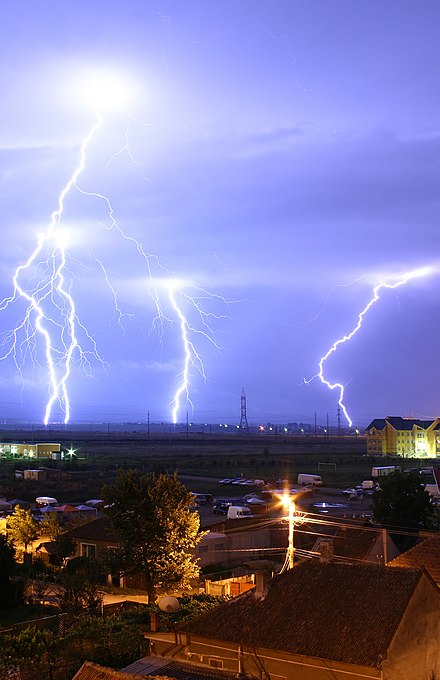





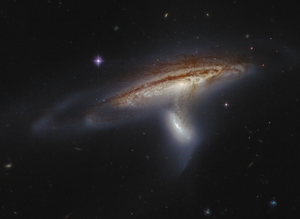
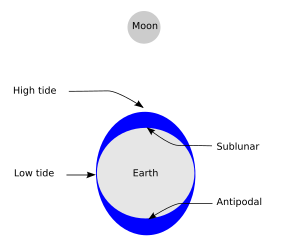


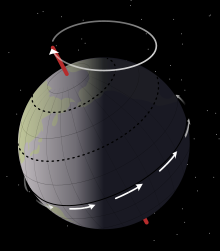
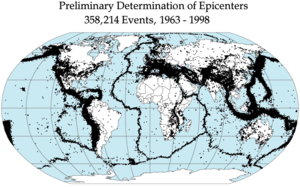

.jpg/440px-Adam_Dziewoński,_Schlosshotel_Linderhof_-_09150004_ff34219_03_(cropped).jpg)
Более подробную информацию по этой теме можно найти в следующих родственных проектах Фонда Викимедиа :